I'm in search for best Adaptive Threshold method for image binarization. But I have any problems with dark and blurry image.
Input image:

and when I use Adaptive threshold method I receive this
Output Image:

This is not good for me!
So, could someone help me fix this problem?
another image : 
and : 
the first seem very bad with @Hammer'solution (i must chose c channel) , the second i can use adaptive threshold normal .
so i want to find the best solution for all cases .
thank Again !





